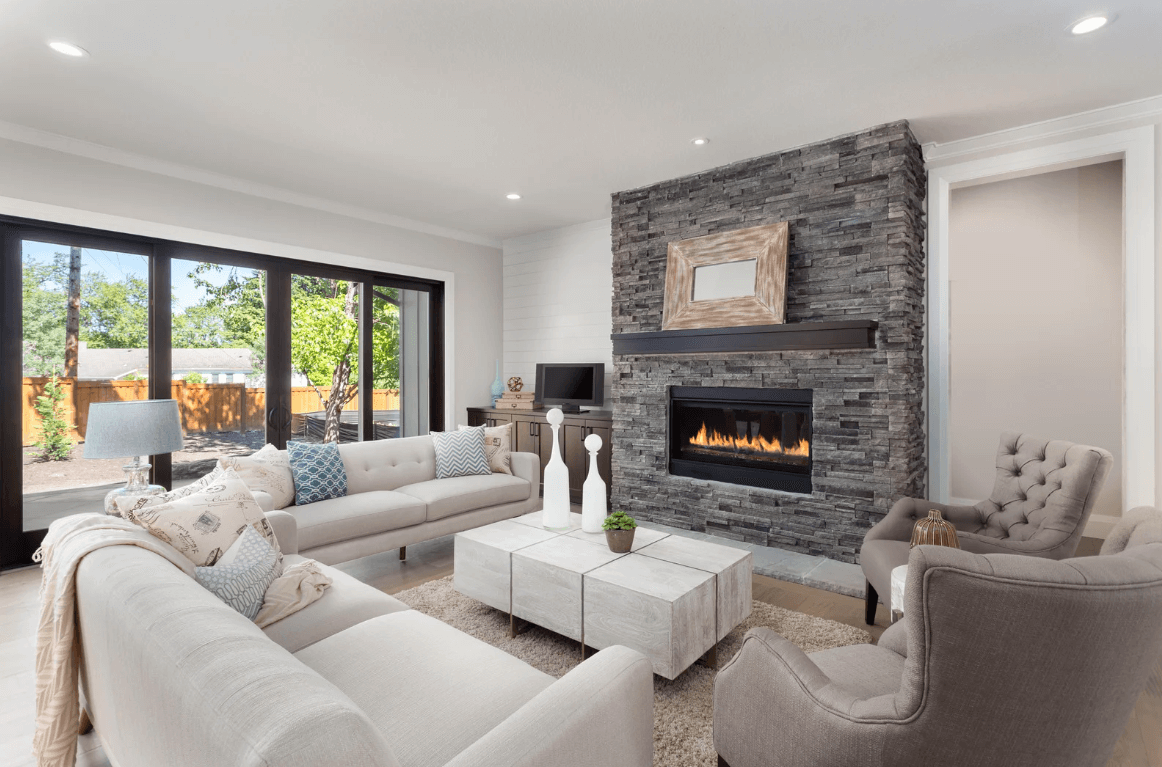
Home remodeling can be an exciting journey, but it’s not always a smooth ride. Whether you’re renovating your kitchen, updating a bathroom, or adding an extension, it’s normal to face a few bumps along the way. Understanding the common roadblocks can help you prepare and ensure a smoother process from start to finish. Here are some of the most common obstacles in home remodeling and how to handle them.
1. Budget Overruns
One of the biggest concerns homeowners have when remodeling is staying within budget. Unexpected costs can arise from issues like structural problems, hidden damages, or changes in material prices.
How to Overcome It:
- Set a realistic budget from the start, including a buffer for unexpected costs (around 10-20% of the total budget).
- Communicate clearly with your contractor about your financial limitations and make sure they provide a detailed estimate.
- Prioritize essential upgrades and be willing to make adjustments to non-essential elements if costs rise.
2. Delays in Project Timelines
Whether it’s waiting for materials to arrive, delays in permits, or unforeseen issues that arise during construction, delays are a common roadblock in home remodeling projects.
How to Overcome It:
- Plan your project during a time of year when the supply chain is more predictable, and contractors are less likely to be overbooked.
- Keep open communication with your contractor to stay updated on the project timeline and any potential delays.
- Understand that some delays are out of anyone’s control, but ask for realistic time estimates upfront so you know what to expect.
3. Unclear Vision or Design Changes
A lack of clarity on your vision for the remodel or frequent design changes can lead to confusion and setbacks. It’s tempting to make changes as you see the project progress, but this can extend the timeline and add extra costs.
How to Overcome It:
- Take time in the planning phase to finalize your design and materials. The more decisions you make upfront, the fewer surprises down the road.
- Consult with your contractor and designer regularly to ensure your vision is aligned with what’s feasible within your budget and space.
- Once the project starts, try to avoid making too many changes unless absolutely necessary.
4. Permit and Zoning Issues
Home remodels, especially large projects like adding a new room or altering the structure, often require permits and zoning approvals. Navigating the legal side of home improvement can be tricky if you’re not familiar with local building codes.
How to Overcome It:
- Make sure your contractor is familiar with the local regulations and can handle the permitting process for you.
- Plan for extra time in the timeline to account for the permit approval process, as this can sometimes take longer than expected.
- Double-check all zoning laws and restrictions to ensure your project is compliant and doesn’t run into legal issues down the line.
5. Hiring the Wrong Contractor
Choosing a contractor who isn’t the right fit for your project can lead to major setbacks in both quality and timeline. Poor communication, lack of experience, or not adhering to agreed-upon timelines can make the remodeling process much more difficult than it needs to be.
How to Overcome It:
- Take the time to vet your contractor. Check their credentials, read reviews, and ask for references.
- Ensure that they have experience with your specific type of project—whether it’s a kitchen remodel, home addition, or bathroom upgrade.
- Maintain regular communication throughout the project to stay on top of any issues that arise.
6. Living in a Construction Zone
Having work done on your home can be disruptive, especially if the remodel involves frequently used spaces like the kitchen or bathroom. The noise, dust, and lack of access to certain areas can create stress and frustration.
How to Overcome It:
- Set up a temporary living space if needed (especially if your kitchen or bathroom is being renovated).
- Make arrangements for any work that might cause significant disruption, such as a temporary kitchen setup for meal prep.
- Prepare mentally for the chaos, but also give yourself breaks and reminders that the work is a short-term inconvenience for a long-term improvement.
7. Unforeseen Structural Problems
Sometimes, during the demolition or early stages of remodeling, hidden structural issues are uncovered. These might include water damage, outdated plumbing, or electrical systems that don’t meet code. These issues can be costly and delay your project.
How to Overcome It:
- Work with a reputable contractor who will thoroughly inspect your home before starting the remodel.
- Be prepared for the possibility of unexpected problems, and set aside part of your budget for contingencies.
- Ensure your contractor addresses any structural issues as soon as they’re identified to prevent bigger problems down the line.
8. Disagreements Over Design Choices
You and your contractor or designer may not always agree on every aspect of the project. Whether it’s selecting materials or deciding on the best layout, these disagreements can slow down progress and cause tension.
How to Overcome It:
- Be clear on your must-haves from the start, and communicate these to your contractor.
- Take time to understand why your contractor suggests certain designs or materials, and make sure they’re aligned with your goals for the remodel.
- Collaborate and be open to suggestions, but don’t settle for designs that don’t align with your vision for your home.
Final Thoughts
While roadblocks are inevitable in most home remodeling projects, with proper planning, communication, and flexibility, you can overcome them and achieve the home of your dreams. If you’re ready to start your next project and want an experienced contractor who understands the ins and outs of home remodeling, contact us today. We’ll help you navigate any challenges and ensure your project stays on track!